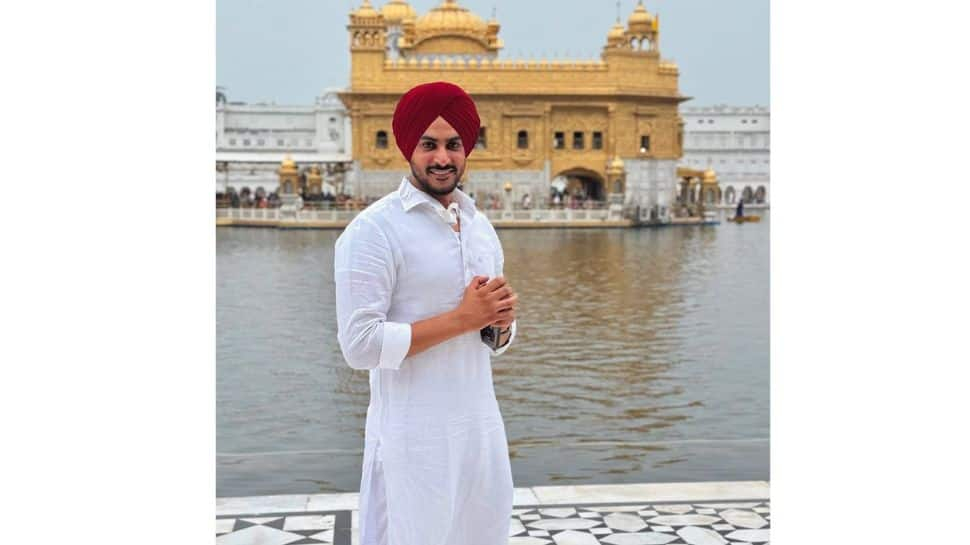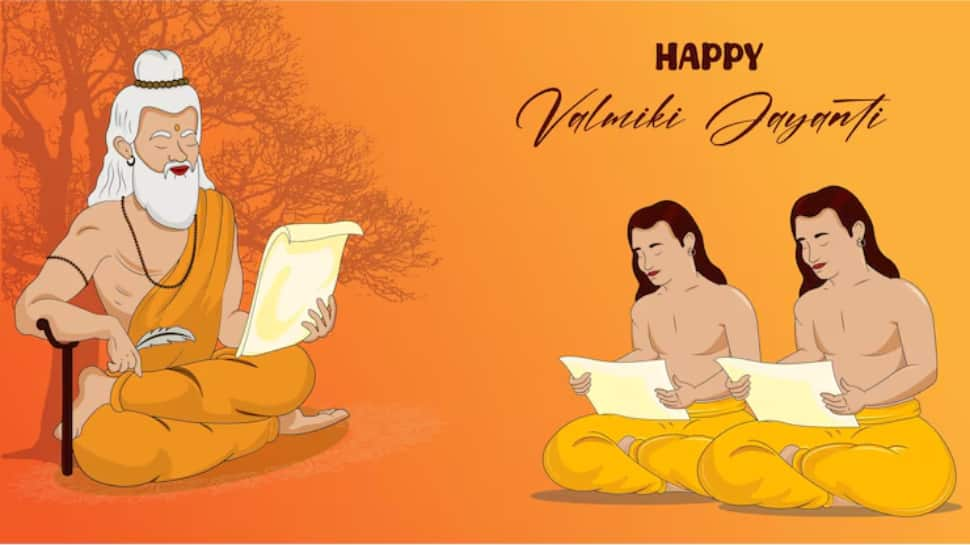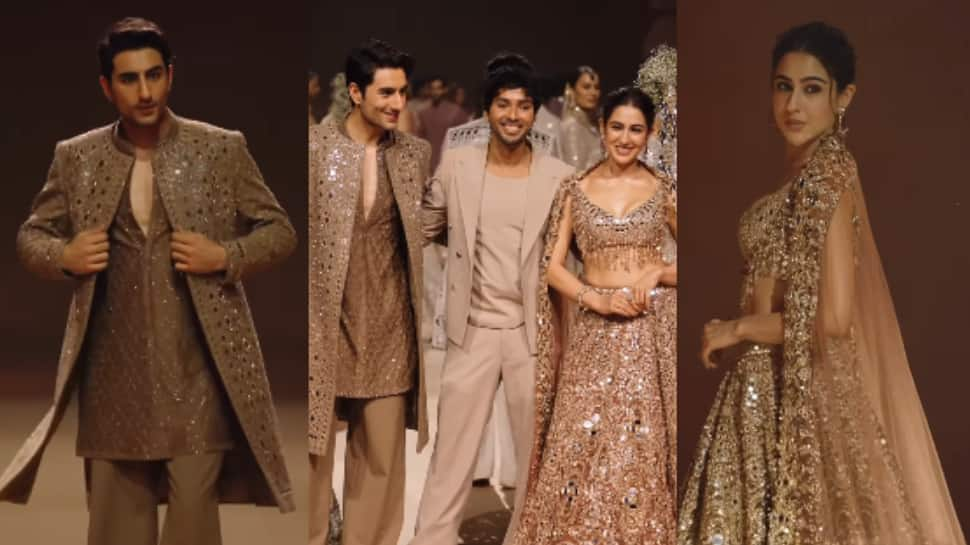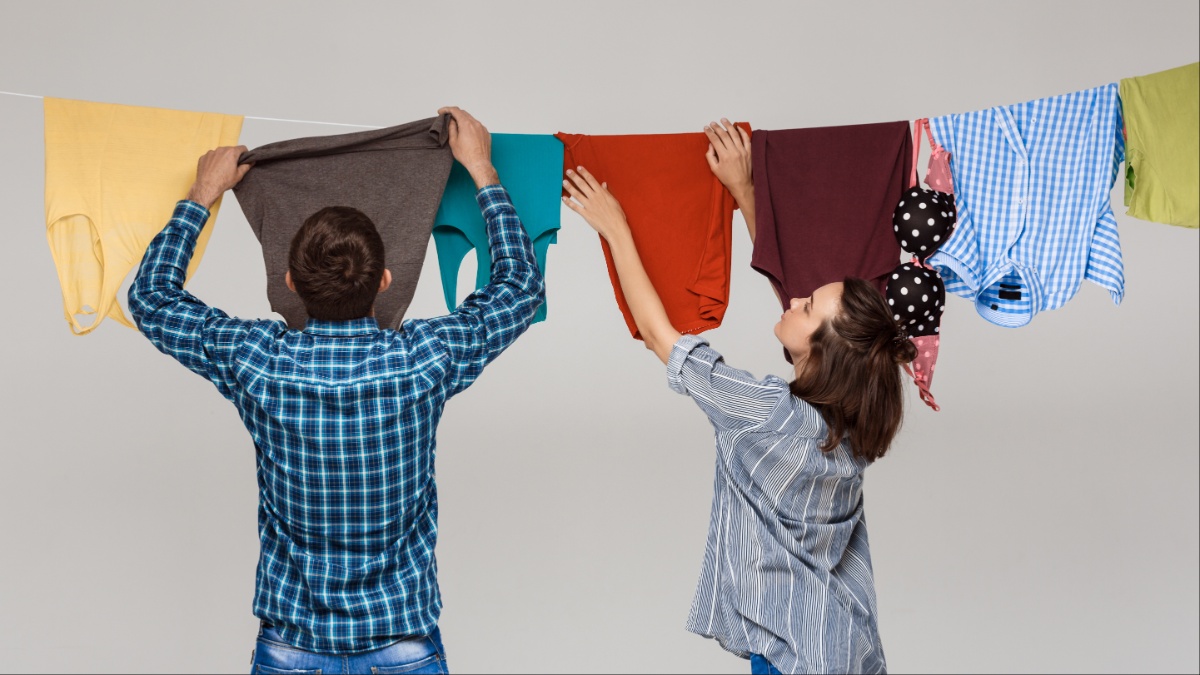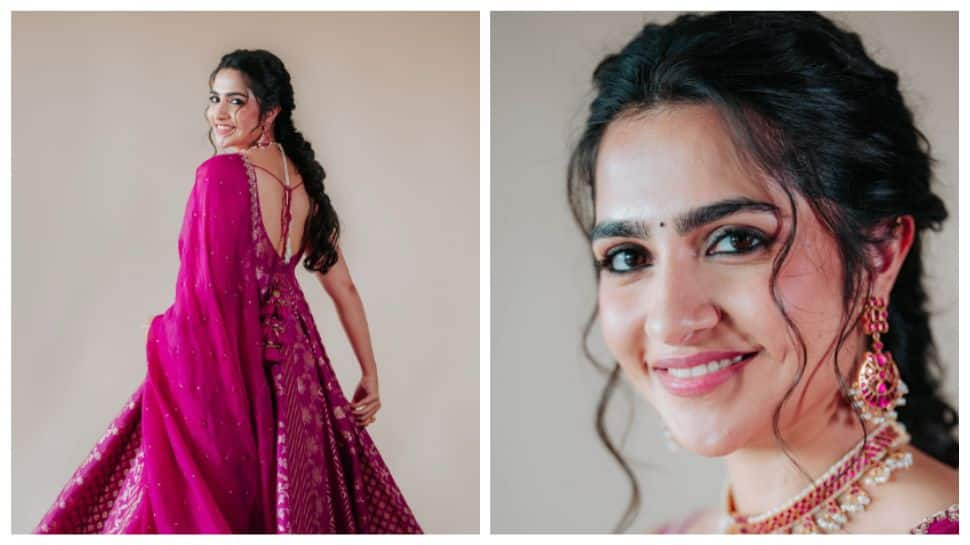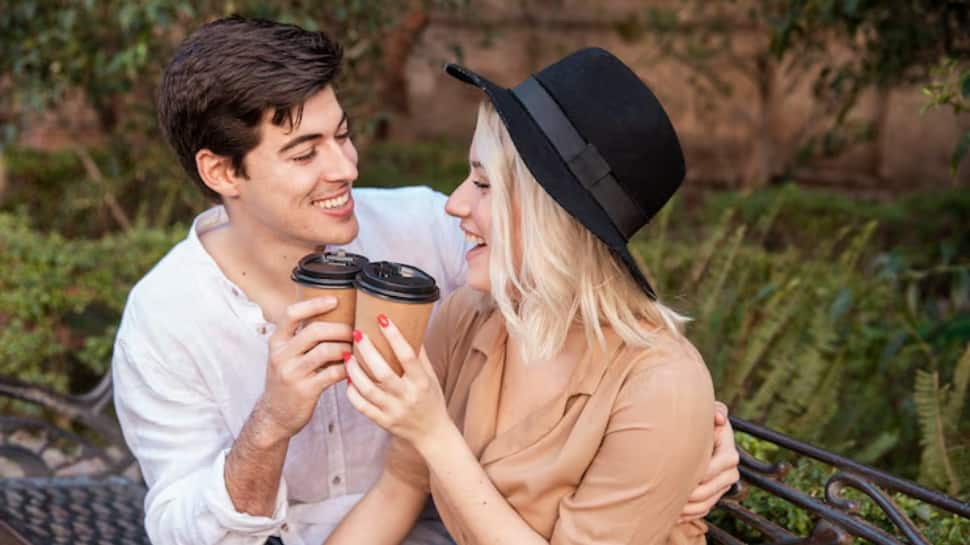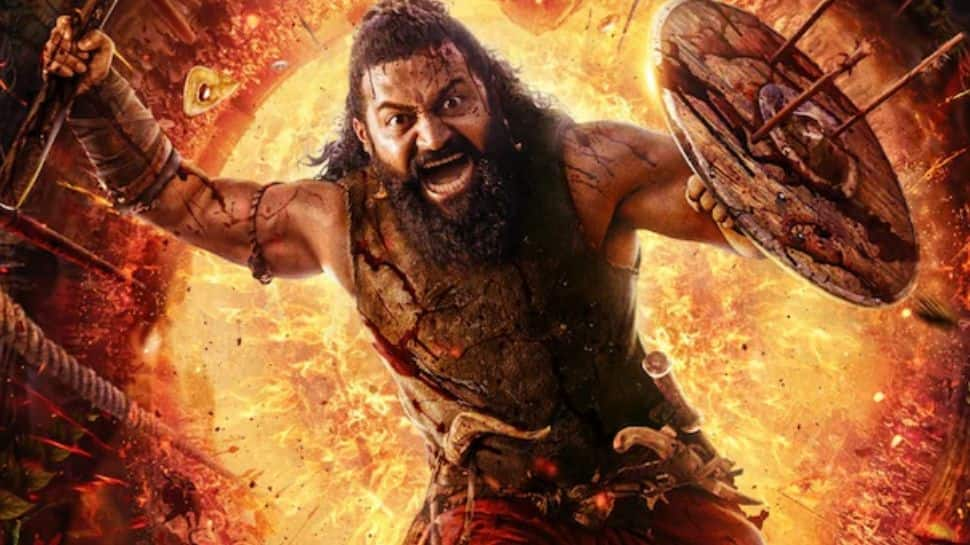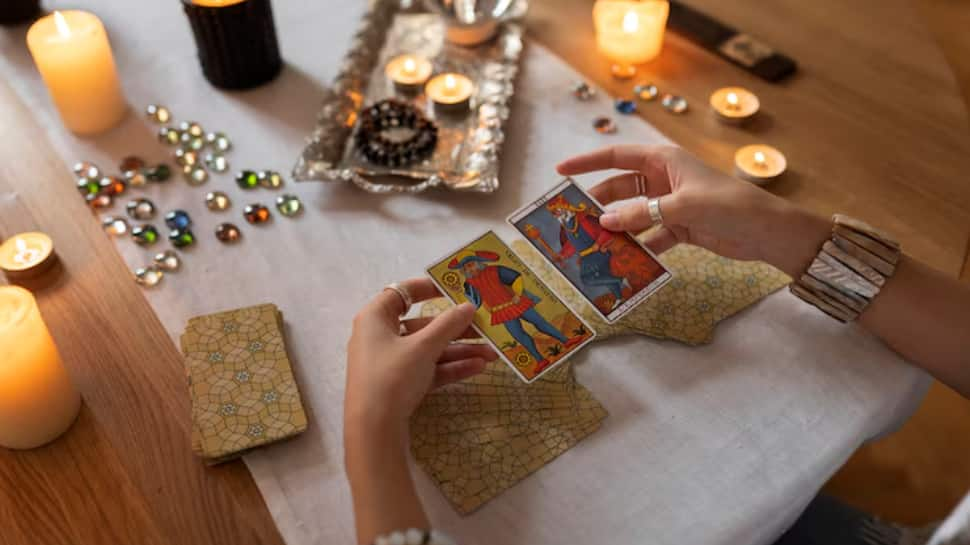The thumbs-up emoji has long been a staple of digital communication. It's simple, clear, and widely understood. Whether you're confirming a meeting time, agreeing to a plan, or just acknowledging a message at work or in daily life, the thumbs-up emoji has served as a friendly, efficient response. In professional settings, it can signal quick agreement without the need for extra words. Among family and friends, it has often been used to express encouragement or simply say “got it.”
But while the emoji’s intended meaning seems straightforward, not everyone sees it the same way, especially across different age groups.
Gen Z Unhappy With Thumbs-Up Emoji
For Millennials and Boomers, the thumbs-up emoji still feels like a casual, polite way to signal approval or agreement. But for many in Gen Z, the same emoji reads differently, sometimes as rude, dismissive, or even passive-aggressive.
On platforms like Reddit, Gen Z users have openly shared their discomfort with the emoji, “(thumbs-up emoji) <---- does this seem passive-aggressive to you?
It does to me, and I have no idea why! I can't even recall if it has always felt that way, or if that is a more recent development.’ I doubt anyone means anything negative by it, but I react to it as if it's an insult, even when it's in response to something simple like "okay, see you at 5!" (Obvously it's not a great response to, say, a 5 paragraph essay about how I'm in love with you or something like that, but I don't think I've ever gotten it as a response to something like that).”
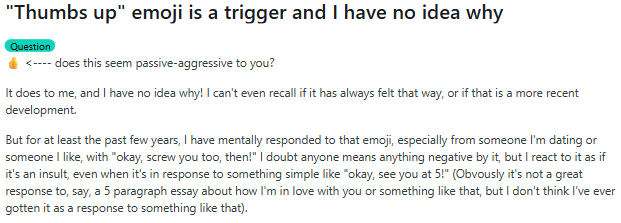
For some, it’s not about the emoji itself, but the perceived tone behind it. A bare thumbs-up, especially in response to emotional or vulnerable messages, can feel like an abrupt dismissal. It’s short, lacks warmth, and doesn’t invite further conversation.
Rewiring Reactions in a Digital Age
Another user noted their struggle to retrain their thinking, “Yes it does feel very passive aggressive to me. I only use it with my parents since they feel it’s normal and well… we’re so emotionally disconnected that even most emojis are out of the picture.” Another added, "
it feels passive aggressive to me, and so i never use it. i’ll usually say “ok cool” instead lol
so ive been trying to rewire my brain around it lol. i have NO idea why it seems mean to me! but i’ve had to say to myself “ok why would your coworker be passive aggressive when you said you’re going on break? he’s just using the thumbs up emoji as a thumbs up. it’s shorter than typing ‘ok sounds good’” and now it (usually) doesn’t bother me anymore lol"

Others Still Love It, Or At Least Understand It
Although not everyone feels the same, “Aww I love that emoji. And putting heaps in a row is really funny to me. But I do get what you mean and there are people who use it passive aggressively.”

Some recognise its comedic or exaggerated use (“thumbs-up”) as playful, even endearing. But as another user put it, “Yes, it does feel very passive-aggressive to me. I only use it with my parents since they feel it’s normal and well… we’re so emotionally disconnected that even most emojis are out of the picture.”

Another added in, expanding the discomfort beyond just thumbs-up, “I feel that way about any communication that seems bare minimum.”
Emoji Etiquette Is Evolving
Like language itself, the way we use emojis continues to change with time and with each generation. What once felt like a cheerful shorthand can now carry unintended emotional weight. The thumbs-up emoji isn’t bad, but depending on the context, audience, and relationship, it might be worth thinking twice before hitting send.
So, next time you're tempted to respond with a quick thumbs-up, consider your audience. Sometimes a little extra text, like “Sounds good!” or “Cool, see you then!” can make all the difference.
Stay informed on all the latest news, real-time breaking news updates, and follow all the important headlines in india news andworld News on Zee News.

 1 month ago
1 month ago


